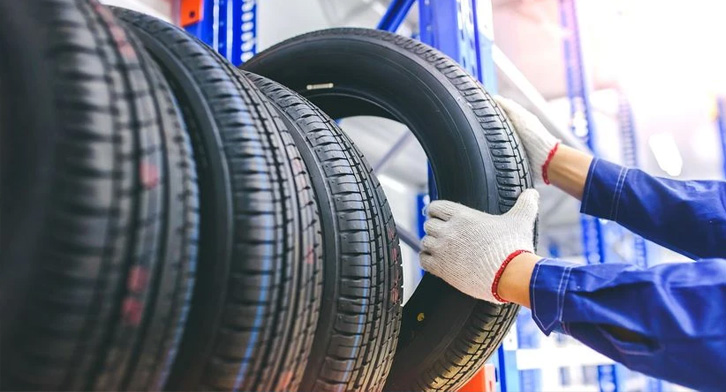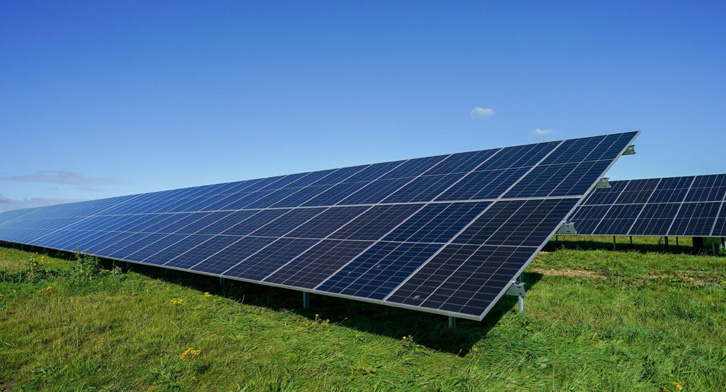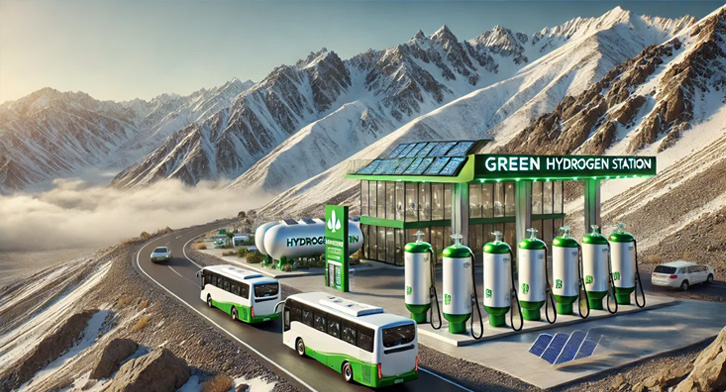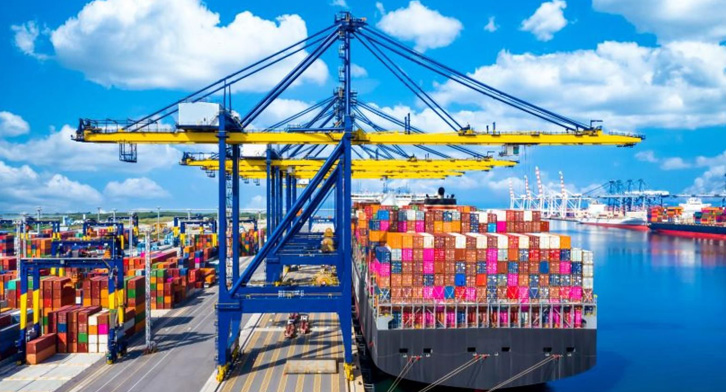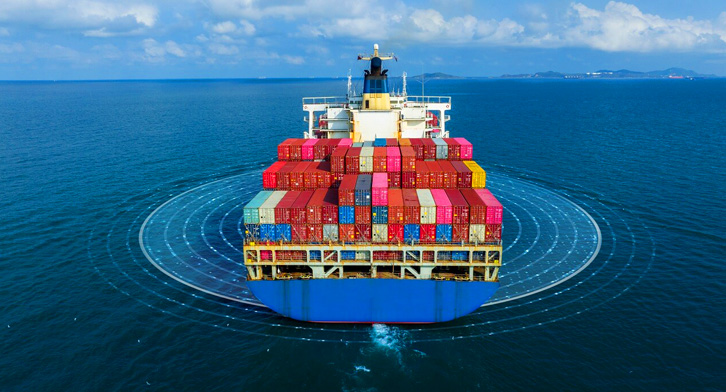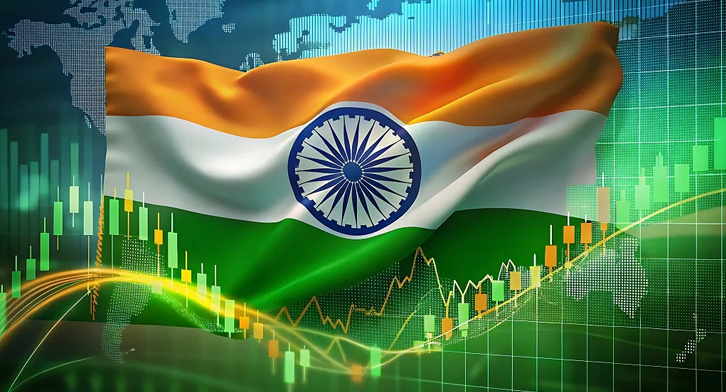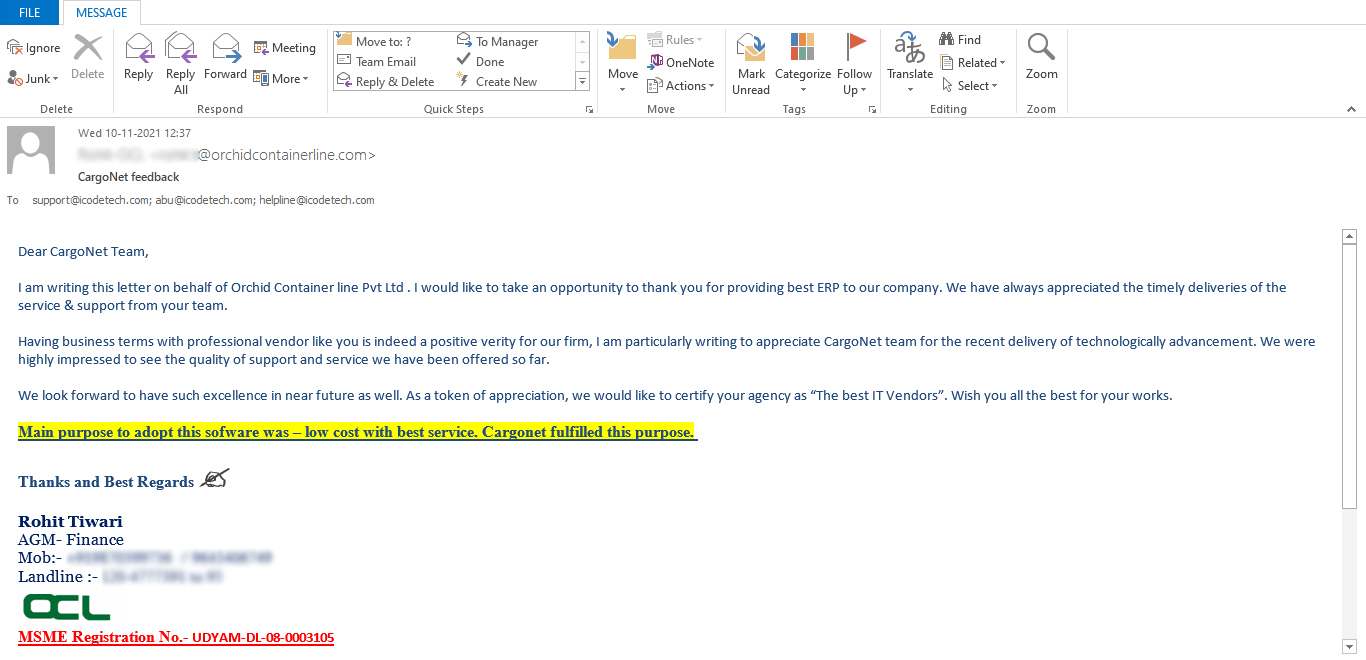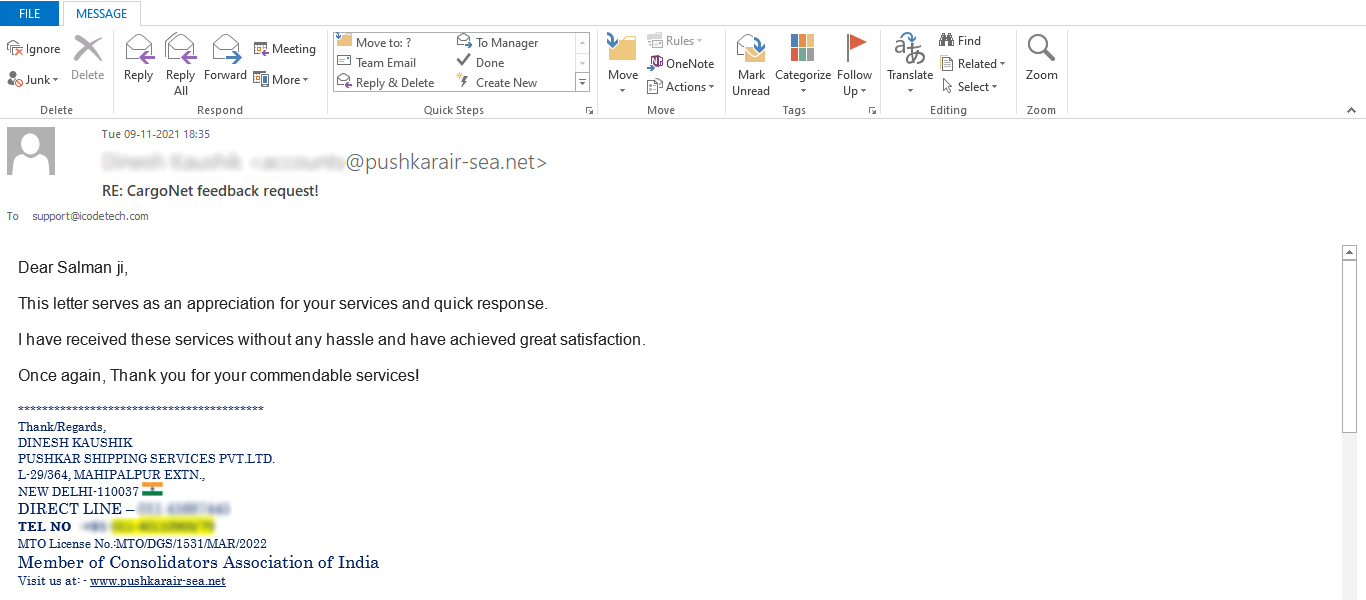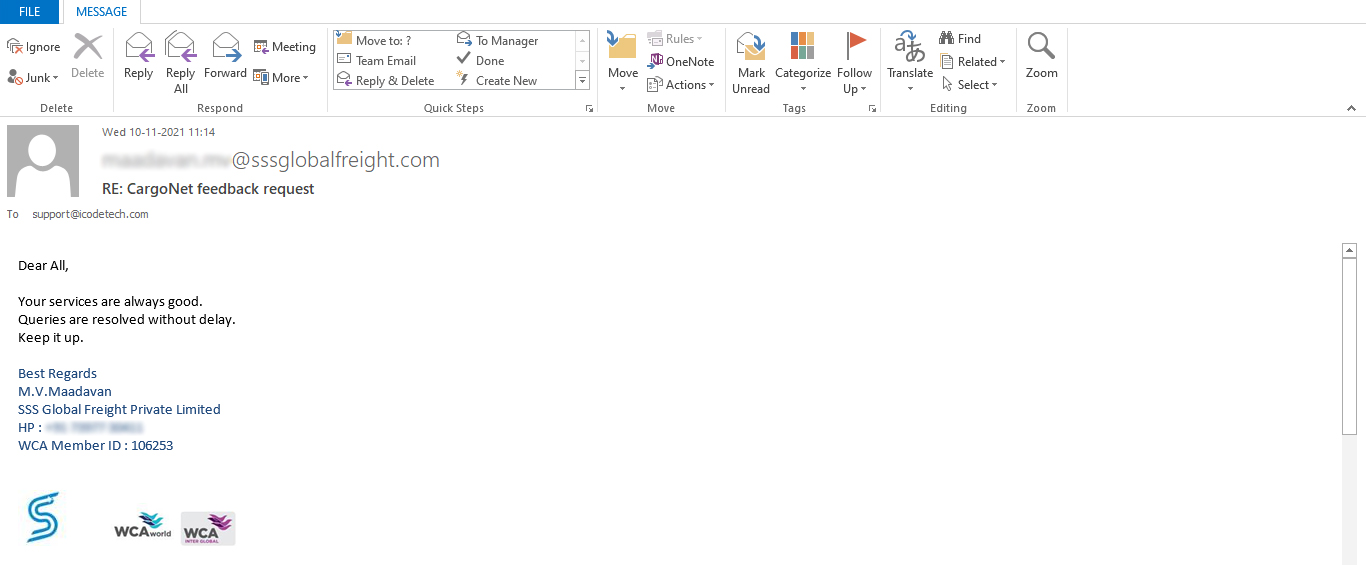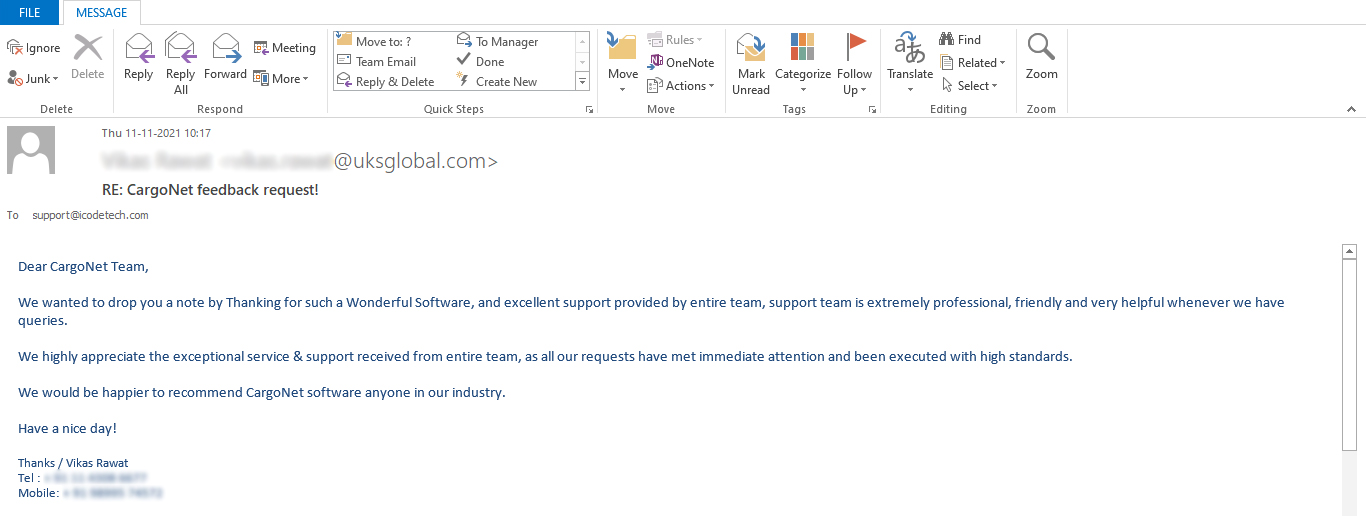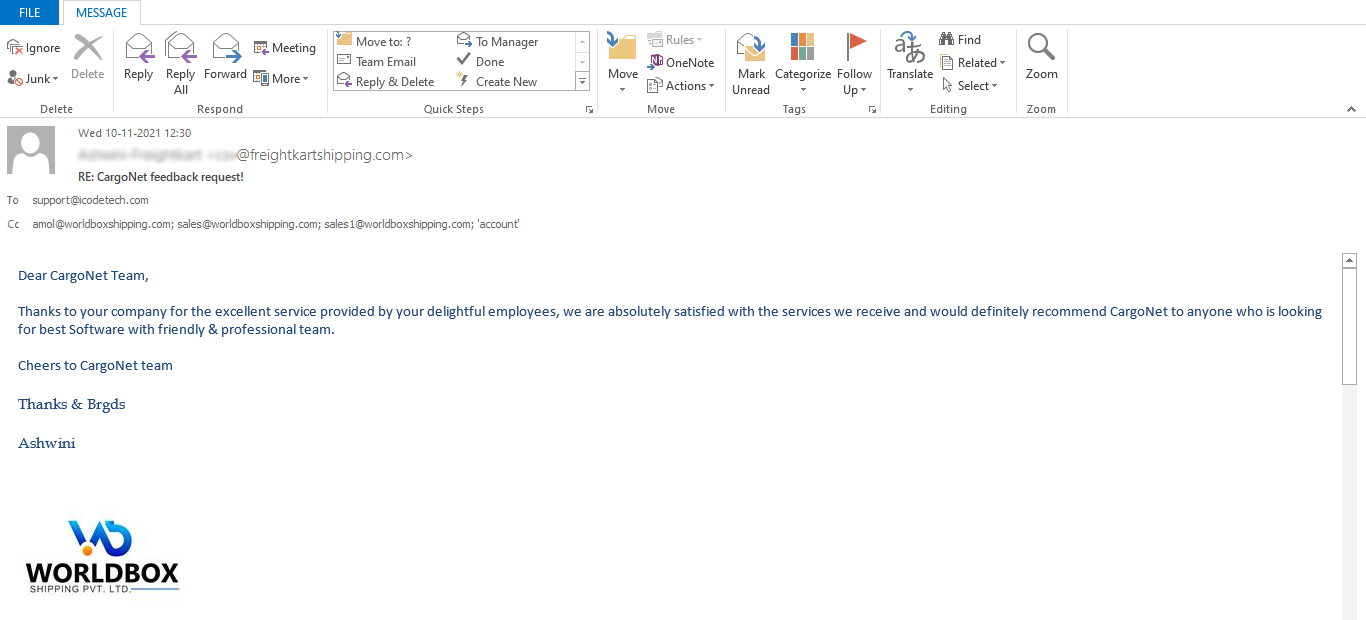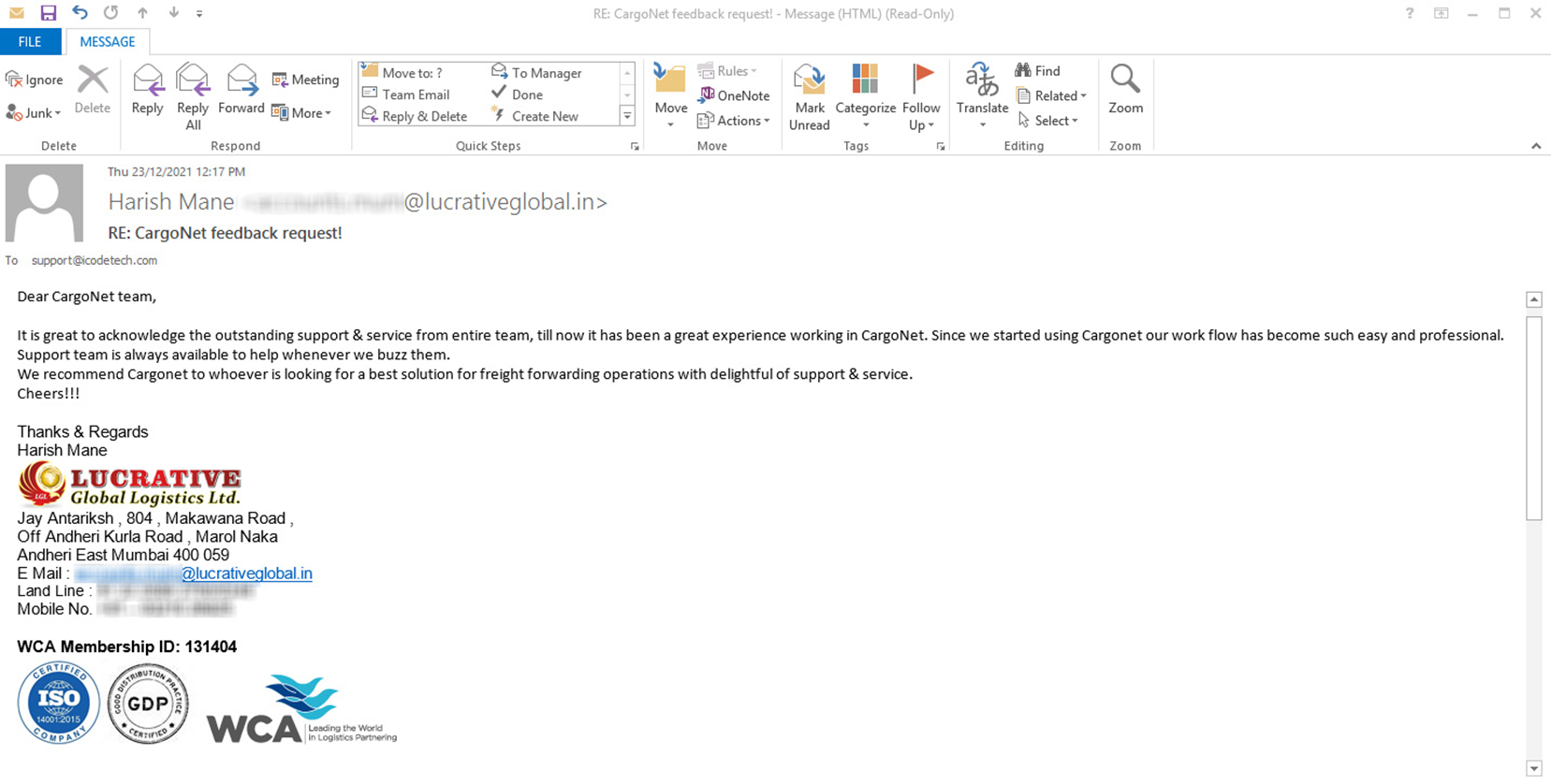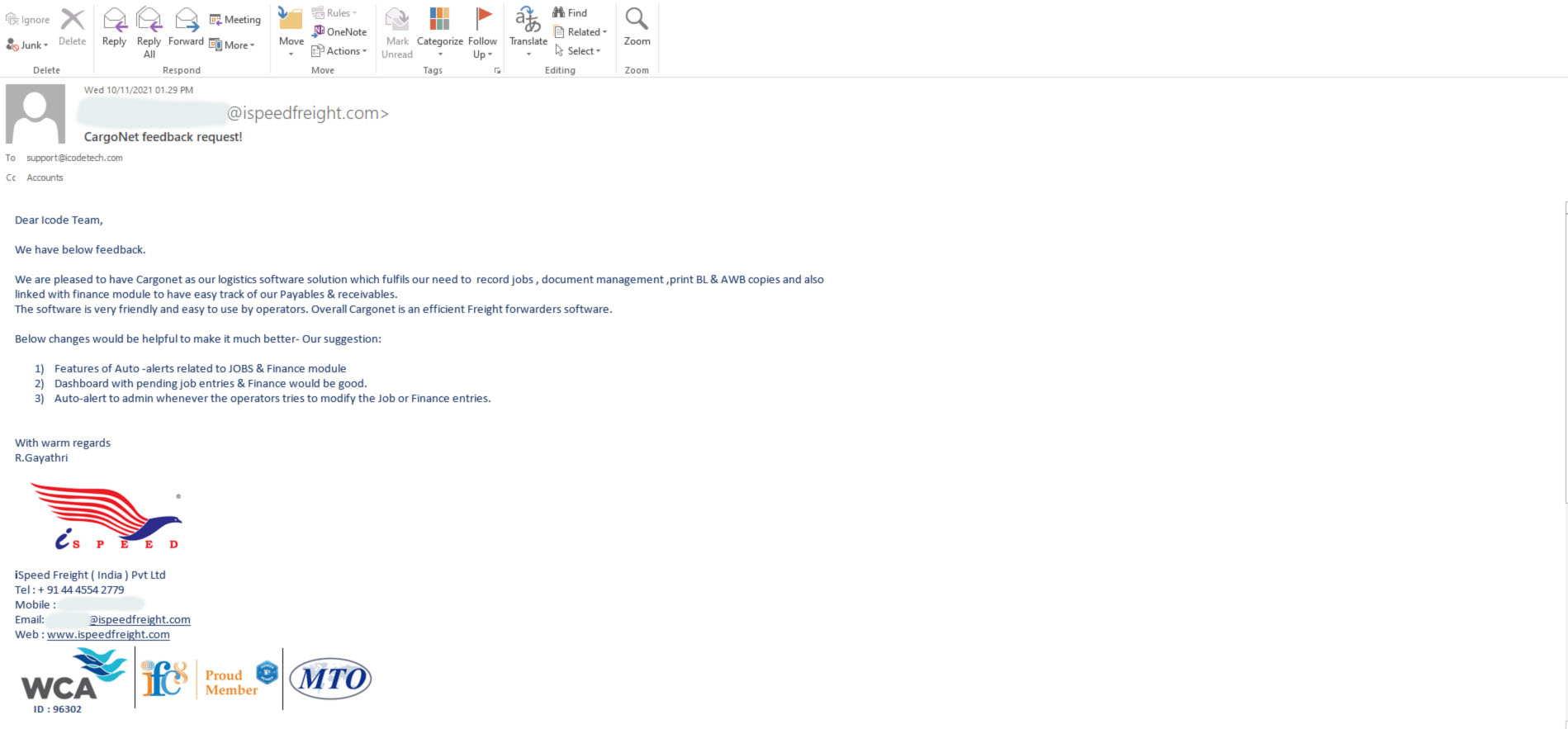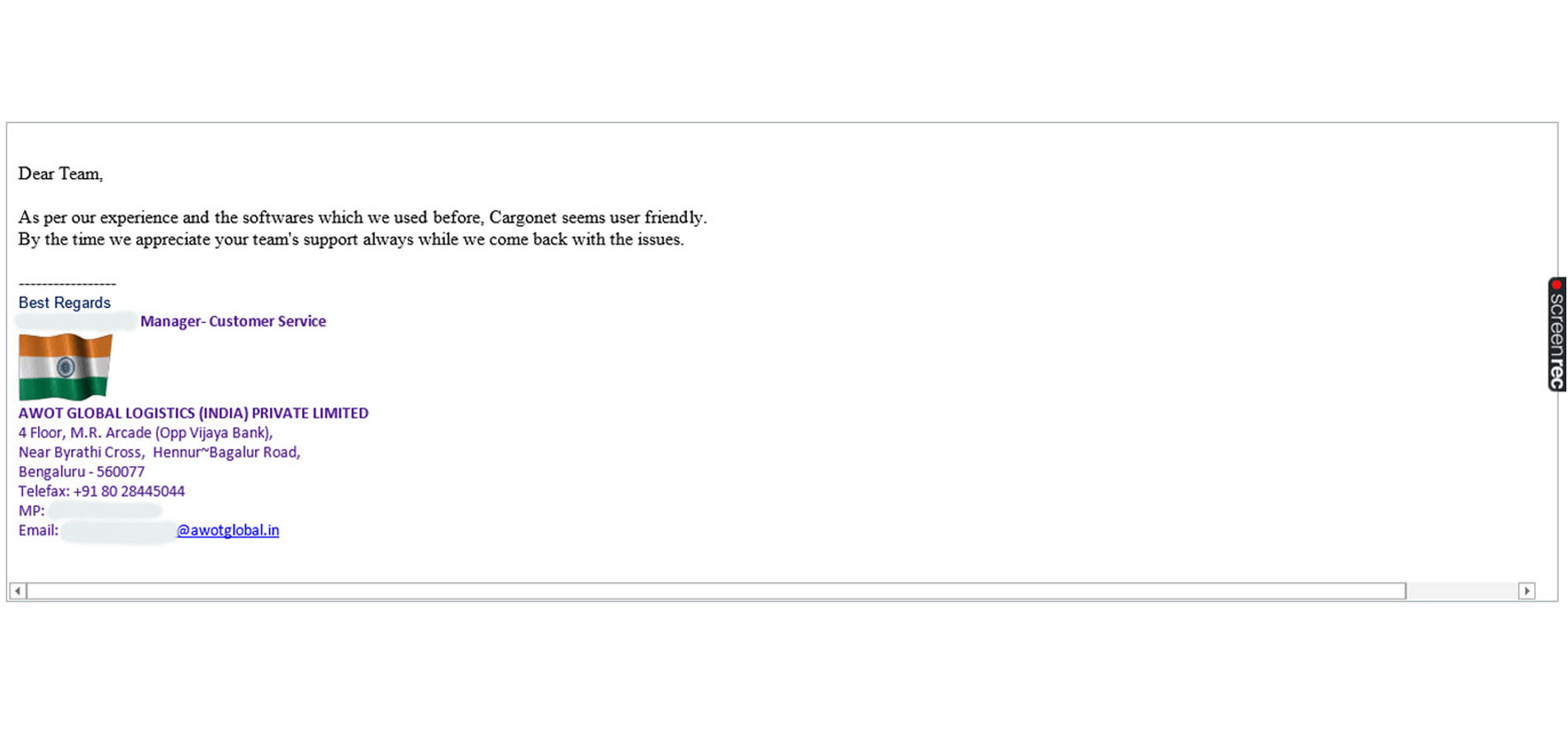India’s tyre industry has defied global trade headwinds to post a strong 9% year-on-year growth in exports, touching ₹25,051 crore (Rs. 250.5 billion) in FY25, according to data from the Automotive Tyre Manufacturers Association (ATMA).
This rise comes despite persistent global supply chain disruptions and trade policy uncertainties, reflecting the sector’s resilience and strategic investments.
Key Highlights:
- Exports Jump: India exported tyres worth ₹25,051 crore in FY25, up from ₹23,073 crore in FY24.
- Global Reach: Indian tyres are now exported to 170+ countries.
- Top Markets:
- US (17% of exports)
- Germany(6%)
- Brazil(5%)
- UAE(4%)
- France(4%)
- High Export Intensity: With an industry turnover of ₹1 lakh crore, exports now account for over 25% of total revenue—a standout ratio among Indian manufacturing sectors.
- Product Segments Leading Growth:
- Farm/agricultural tyres
- Off-the-road (OTR) tyres
- Together, they make up 60% of export value.
- Massive Investment: ₹27,000 crore has been invested over the last 3-4 years in greenfield and brownfield expansions.
- Natural Rubber Dependency: 40% of natural rubber (NR) requirements are met via imports, due to low domestic availability.
Challenges & Strategic Response
Despite the growth, a major constraint remains: access to natural rubber (NR).
“India’s tyre industry is unique in its use of NR—60% of our rubber usage is natural, unlike the global average where synthetic rubber dominates,” said ATMA Chairman Arun Mammen.
To meet the projected demand of 20 lakh tonnes by 2030, the industry is taking long-term steps.
Project INROAD: Building Rubber Self-Reliance
In partnership with the Rubber Board of India, and under the guidance of the Ministry of Commerce & Industry, ATMA has launched Project INROAD:
- Investment: ₹1,100 crore by four major tyre companies.
- Goal: Bring 2 lakh hectares under NR cultivation.
- Focus: Boost infrastructure, create employment, and upskill labour in rubber-growing regions.
Outlook
India’s tyre export performance highlights its growing global competitiveness—powered by quality, capacity, and market diversification. However, the path forward depends heavily on solving the raw material bottleneck.
With the launch of Project INROAD and continued policy support, the industry is poised to reinforce its position as a global tyre export hub.


